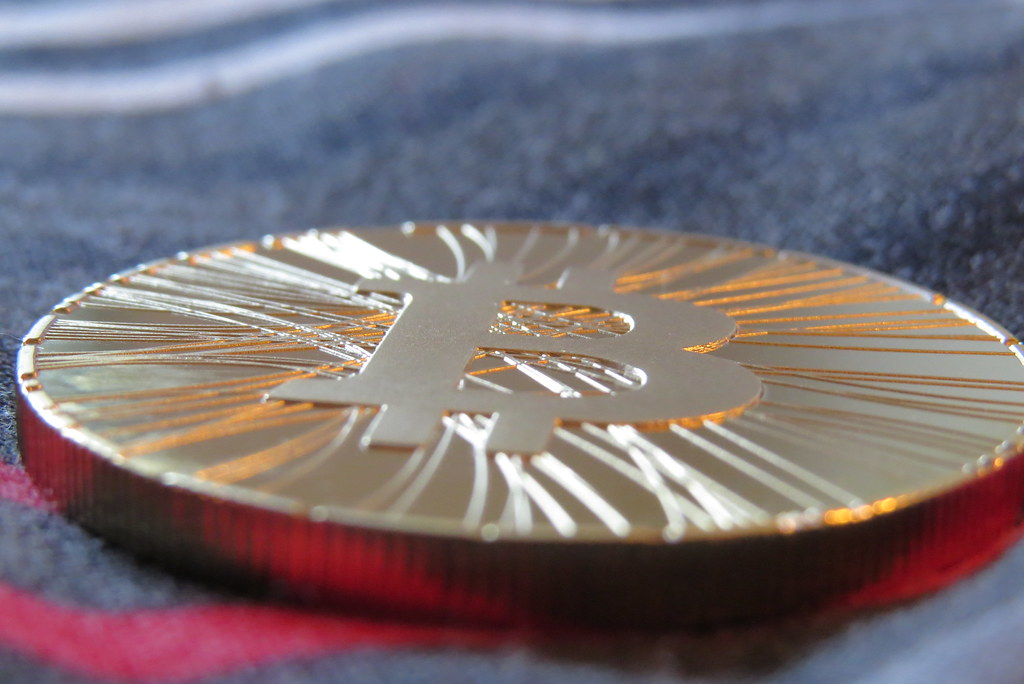Stablecoins have emerged as a crucial innovation in the world of cryptocurrencies, offering the benefits of digital currency—such as fast transactions and global reach—while attempting to maintain a stable value similar to traditional fiat currencies. Unlike volatile cryptocurrencies like Bitcoin and Ethereum, stablecoins aim to maintain a consistent price, typically pegged to a currency like the US dollar or the euro. But what actually makes a stablecoin stable? The answer lies in its design, collateralization method, governance, and market confidence. One of the best stable coins to buy is one linked to gold called a digital gold stablecoin.
1. Pegging to a Stable Asset
At the core of a stablecoin’s stability is its peg to a stable asset. Most commonly, this is a fiat currency such as the US dollar, euro, or yen. Some stablecoins are pegged to commodities like gold or a basket of currencies. The pegging mechanism ensures that the value of the stablecoin is anchored to something that traditionally holds steady value over time.
2. Collateralization Methods
Stablecoins can be classified into three main types based on how they are collateralized: fiat-collateralized, crypto-collateralized, and algorithmic.
- Fiat-Collateralized Stablecoins: These are backed 1:1 by fiat currency held in reserves by a central custodian. For example, each USDC or USDT token is supposed to be backed by one US dollar stored in a bank account. The reliability of these coins depends heavily on regular audits and transparency regarding the reserves.
- Crypto-Collateralized Stablecoins: These are backed by other cryptocurrencies instead of fiat. To handle crypto volatility, they are often over-collateralized. For instance, to mint $100 worth of a stablecoin, $150 worth of crypto might be locked in a smart contract. MakerDAO’s DAI is a prominent example. Stability is maintained through smart contracts that automatically liquidate positions if collateral value drops too much.
- Algorithmic Stablecoins: These use algorithms and smart contracts to control the supply of the stablecoin, expanding or contracting it based on demand to maintain the peg. However, these are more vulnerable to extreme market conditions and often lack the same level of stability as collateralized stablecoins, as seen in the collapse of TerraUSD (UST).
3. Governance and Transparency
Transparency plays a critical role in ensuring the stability and credibility of a stablecoin. Fiat-backed stablecoins need regular audits to prove they hold enough reserves. Governance models, especially for decentralized stablecoins, must include clear rules for how the system adapts to market changes, how decisions are made, and who has the authority to make them.
Decentralized Autonomous Organizations (DAOs) often govern crypto-collateralized stablecoins, where token holders vote on protocol changes. A well-designed governance structure with clear checks and balances contributes to long-term stability.
4. Market Trust and Liquidity
Even if a stablecoin is technically sound, its stability depends significantly on user trust and market liquidity. If users believe a stablecoin will maintain its value and can be easily redeemed or traded, it is more likely to remain stable. Conversely, loss of confidence can lead to a “run” on the stablecoin, where users rush to redeem or sell, potentially causing it to de-peg.
5. Regulatory Compliance
Regulatory oversight can bolster stability by enforcing transparency and protecting investors. Many governments are developing frameworks to regulate stablecoins, especially those widely used in payments. A stablecoin that complies with regulations is more likely to gain public trust and institutional adoption, further contributing to its stability.
The stability of a stablecoin is not guaranteed by a single factor, but rather a combination of technical design, collateral backing, transparency, governance, market confidence, and regulatory compliance. As the crypto ecosystem evolves, so too will the models for achieving price stability. Ultimately, the most successful stablecoins will be those that balance decentralization with trust, efficiency with oversight, and innovation with reliability.
